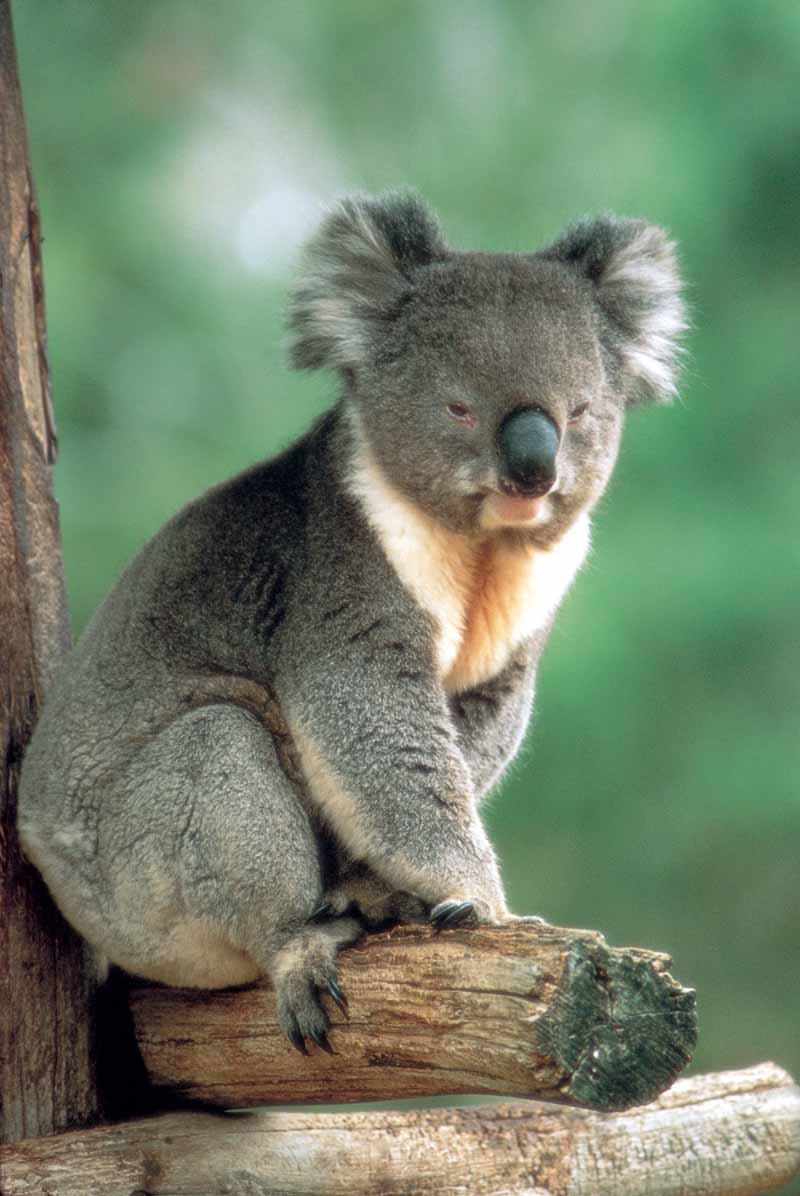My dad was reading the newspaper and saw a team called the Bearcats . So many teams are named for animals we know well-- tigers, eagles, falcons, bulldogs-- but my dad was curious to know what exactly what a bearcat was. A bear? A cat? Niether! It is known as a binturong, and here is what it looks like: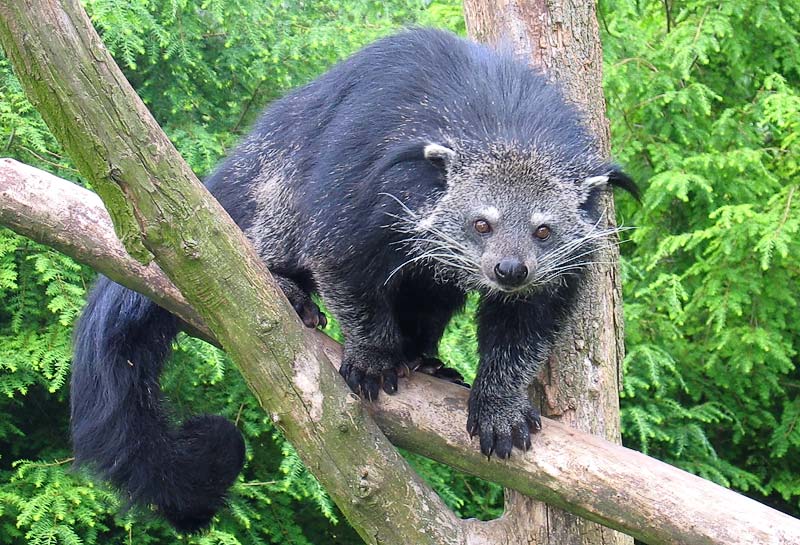
They live in Asia, and can be vicious if cornered. One interesting fact is they smell like buttered popcorn! They are "vulnerable" due to habitat destruction and poaching. I think I saw one at the Virgina Zoo a long time ago around 2000. They are related to the civet. Here is what a civet looks like: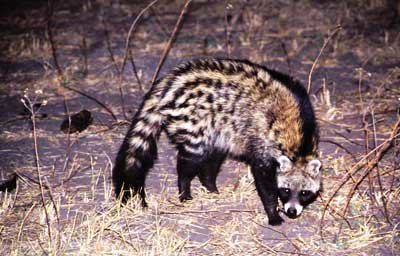
Saturday, August 25, 2007
Go Binturongs, go!
Saturday, August 18, 2007
Coming Attractions
I don't usually put commercials on my page, but this movie looks pretty good. It was sent to me in an e-mail. What do you think? I'm for anything that helps people think about animals and the environment. I will watch it when it comes to South Carolina. I hope you will too.
Hi ,
My name is Cory O’Brien, and I am the outreach manager for Guerilla PR. Currently, we are working with The 11th Hour to help promote their film, and I thought that you might be interested in this campaign for Mossy's Animals.
As you may know, The 11th Hour is Leonardo DiCaprio’s new environmental film, and includes visionary and practical solutions for restoring the planet’s ecosystems, as well as insight gathered from over 70 scientists, designers, historians and thinkers.
Posted by
Moss B in SC
at
8:03 AM
|
![]()
Labels: environment, global warming, the 11th hour
Sunday, August 12, 2007
If I Ran the Zoo
Zoos also help scientists study animals up close. And when people see the animals at the zoo, they can't help but care more about them. And if they care about them, they'll do more to help save the animals.
Here's some video from my recent trip to Riverbanks Zoo in Columbia, South Carolina.
What zoos have you been to? What are your favorite animals?
Posted by
Moss B in SC
at
7:15 PM
|
![]()
Labels: endangered animals, mossys animals, riverbanks zoo, zoos
Thursday, August 9, 2007
Hello up there! It's feeding time!
Feeding the giraffes at Riverbanks Zoo is a very interesting experience. This video is from a few weeks ago. It's very exciting when the giraffe walks over to get the food. It's so big, but it's so gentle.
When its tongue grabs the food, it feels very sticky. Their slimy saliva protects them from thorns or twigs they might eat. Their tongues are almost 18 inches long and dark purple. They need their long necks and long tongues to reach leaves high up in the trees.
Giraffes are found in the savanna of Africa, and can grow up to 18 feet tall. They are related to the Okapi. I've seen pictures of its relatives during the Ice Age, like this one, and they look like deer or elk.
They can run almost 30 mph, and have a deadly kick if they need to. Uganda Giraffes are endangered, but most species of giraffes aren't endangered right now. But if habitat loss continues, they will be.
Posted by
Moss B in SC
at
11:07 AM
|
![]()
Labels: giraffe, riverbanks zoo
Wednesday, August 8, 2007
Goodbye Forever, Aldabra Snail
Driving in the car today, I heard on the radio about the latest extinction. They said this small purplish snail was the first extinction officially due to global warming.
When I got home I looked it up. The Aldabra snail may not be the most popular animal. I couldn't find a picture of it. But it made it onto this postage stamp. That's pretty good.
Scientists say this is just the beginning. Global warming threatens a million species!
Polar bears are now threatened because of global warming.
Some penguins are threatened now too.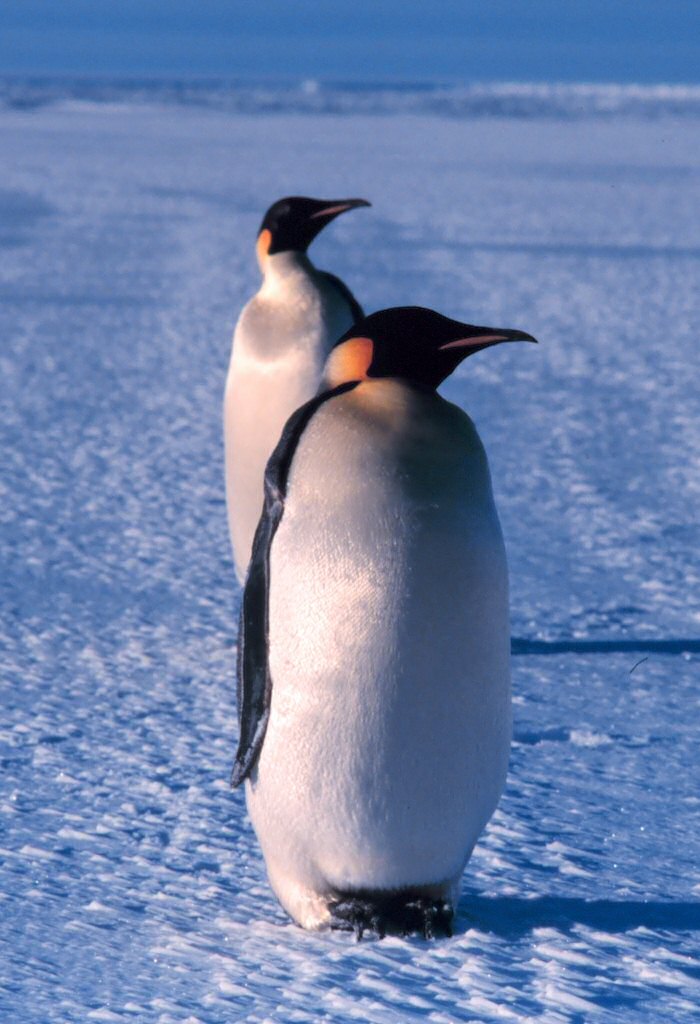
Click here for some EASY things you can do to stop global warming and help the animals.
Posted by
Moss B in SC
at
7:00 PM
|
![]()
Labels: endangered animals, endangered species, global warming, penguin, polar bear, snail
Saturday, August 4, 2007
Lemurs of Madagascar
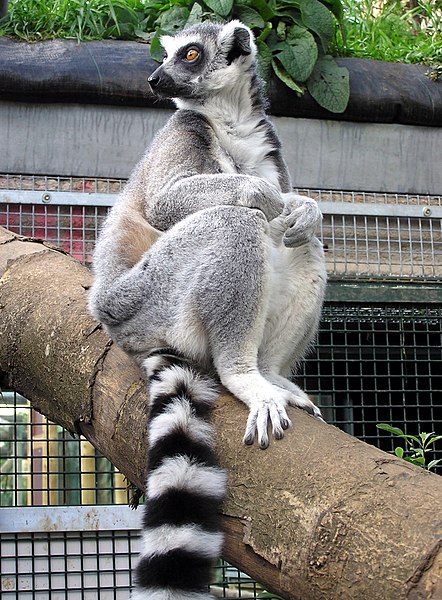
It's good to know that people are working to save the lemur. Check out this site, the Madagascar Fauna Group. And here's another interesting video about Madagascar with "nearly headless Nick."
Posted by
Moss B in SC
at
7:57 PM
|
![]()
Labels: aye aye, endangered animals, lemurs, madagascar, prosimians, riverbanks zoo

![[MBkayak.jpg]](http://bp0.blogger.com/_V0r8LMQ1PQU/RiYbVzextAI/AAAAAAAAAAU/OTW0IR7YM0c/s1600/MBkayak.jpg)
